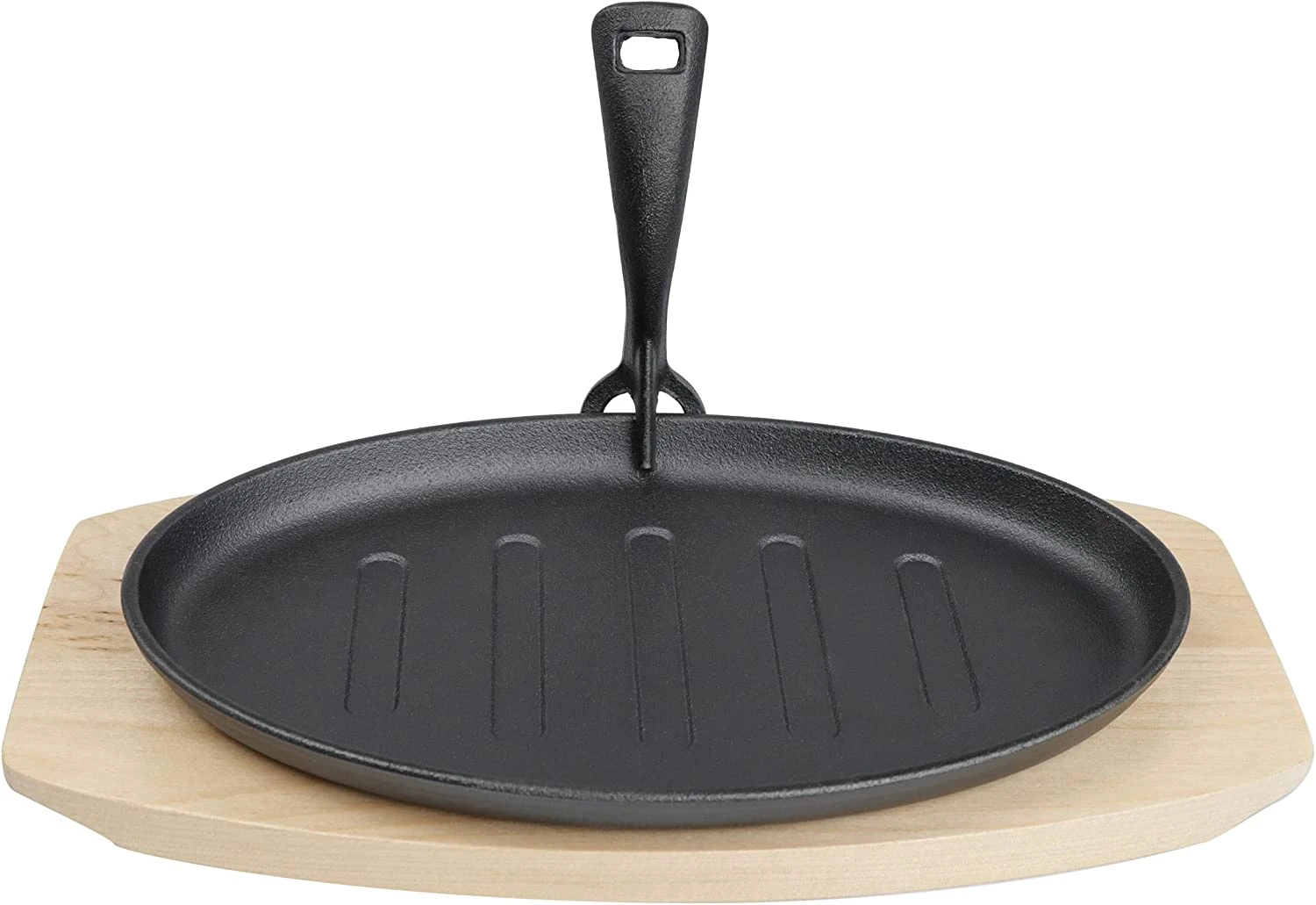
Caring for Your Cast Iron Skillet for Longevity and Performance
Treating a Cast Iron Skillet The Key to Longevity and Flavor
A cast iron skillet is a beloved kitchen tool that has stood the test of time, cherished for its ability to distribute heat evenly and retain it for long periods. When properly treated and cared for, a cast iron skillet can last for generations, often becoming a family heirloom passed down through the years. However, to unlock the full potential of your skillet, it’s crucial to understand the importance of treating it correctly.
Understanding Seasoning
The treatment process begins with seasoning, a process that creates a non-stick surface and protects the skillet from rust. Seasoning involves applying a thin layer of fat—such as vegetable oil, melted shortening, or flaxseed oil—onto the skillet's surface, then heating it at a high temperature. This causes the fat to polymerize, forming a durable, non-stick layer.
How to Properly Season Your Skillet
1. Clean Thoroughly Before seasoning, make sure the skillet is clean. If it’s new, you may want to wash it with warm, soapy water to remove any factory residue. For older skillets that have had some use, scrub with a mixture of coarse salt and oil to remove any previous seasoning or stuck-on food. Always dry the skillet completely to prevent rust.
2. Apply Oil Pour a small amount of your chosen oil onto a paper towel or cloth. Wipe the entire surface of the skillet—inside and out—with the oil. The goal is just a thin layer; too much oil can lead to sticky buildup.
3. Heat the Skillet Preheat your oven to 450°F (232°C). Place the skillet upside down on the middle rack of the oven. To catch any drips, you can place a sheet of aluminum foil on the lower rack. Bake the skillet for about an hour. This high heat allows the oil to bond with the cast iron effectively.
4. Let It Cool After an hour, turn off the oven and let the skillet cool inside the oven. This gradual cooling process helps avoid cracking.
treating cast iron skillet

Regular Maintenance
Treating your cast iron skillet isn’t a one-time event; ongoing maintenance is crucial. Here are some tips for keeping your skillet in top shape
- Avoid Soap After using your skillet, simply wipe it out with a paper towel or rinse with hot water. If food is stuck, scrub it with a non-metal brush or a non-abrasive sponge. Using soap can strip the seasoning, so avoid it as much as possible.
- Re-season as Needed If you notice food starting to stick, or if the skillet appears dull, it’s time to re-season. This will maintain that beautiful, non-stick surface.
- Store Properly To avoid moisture accumulation, which can lead to rust, store the skillet in a dry place. If stacking with other cookware, place a paper towel between them to absorb any moisture.
Cooking Tips
Cooking with a well-treated cast iron skillet opens up a world of culinary possibilities. From searing meats to frying eggs, the even heat distribution allows for excellent cooking results. Just remember to preheat the skillet before adding oil or food, as this ensures a proper sear and prevents sticking.
In conclusion, treating and maintaining a cast iron skillet is not just about prolonging its lifespan; it's about enhancing the flavors of the food you prepare and fostering a deep connection to a time-honored cooking tradition. With a little care and attention, your cast iron skillet will serve you well and inspire countless delicious meals for years to come. So, embrace the journey of cast iron care, and enjoy the delicious rewards!
-
Season Cast Iron Perfectly with GPT-4 Turbo TipsNewsAug.01,2025
-
High Quality Cast Iron Cookware - Baixiang County Zhongda MachineryNewsAug.01,2025
-
Premium Cast Iron Pan: Durable & Perfect HeatNewsAug.01,2025
-
High Quality Kitchen Durable Black Round Cast Iron Cookware Pancake Crepe Pan-Baixiang County Zhongda Machinery Manufacturing Co., Ltd.NewsAug.01,2025
-
Cast Iron Cookware - Baixiang County Zhongda Machinery | Nonstick, Heat ResistanceNewsAug.01,2025
-
High Quality Kitchen Durable Black Round Cast Iron Cookware - Baixiang County Zhongda Machinery | Non-Stick, Heat Retention, DurableNewsJul.31,2025


